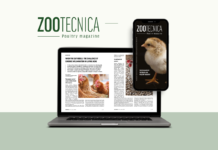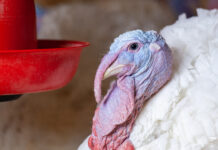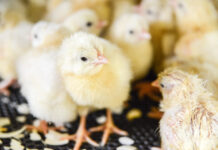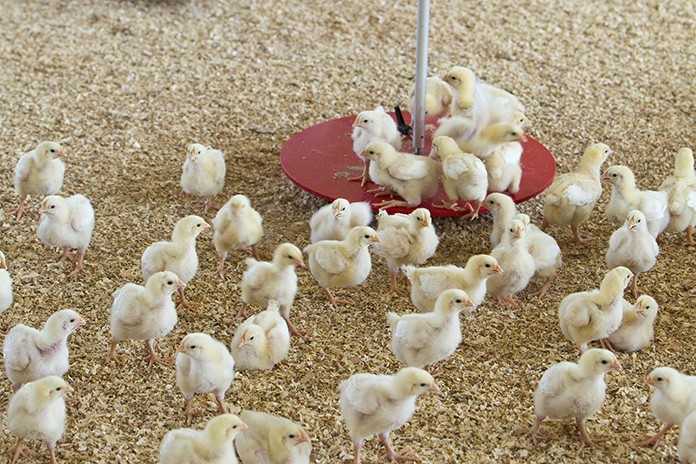
The aim of every commercial layer hatchery is a maximum hatchability of first quality chicks. The evaluation of chick quality in the hatchery provides important information on the whole production process. If properly applied, it can be used to detect possible weaknesses of the hatchery and the working routines in the same.
Either quantitative or qualitative traits can be used for the measurement of chick quality.In the first part of this article there were described the quantitative traits: they are namely the chick weight, the chick yield, chick length and feather length.
In this second part, Authors investigated the chick quality and its qualitative traits even if they are often highly subjective and hardly reliable. There are, however, methods that can help to measure the qualitative traits as objectively as possible, i.e. by reducing the individual subjectivity to a minimum.
Activity
Chicks of premium quality must be lively and have a good body tension. This can be checked by placing a day-old chick on its back. A good chick does not struggle to get back directly on his feet. One can say that it should not take more than 3 seconds for the chick to get back in an upright position.
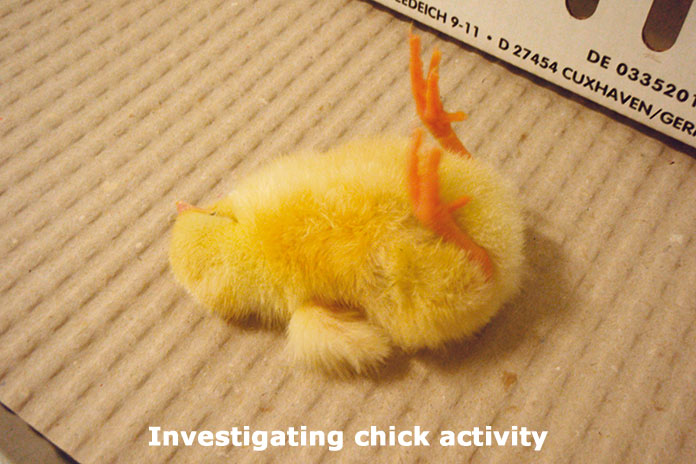
Navel
An essential element in investigating chick quality is examining the quality of the navel. A good navel is closed, dry and free of eggshell and membrane residues. The chick needs to be handled manually to control the quality of its navel. Of course, it is not possible to check every chick in a commercial hatchery prior to delivery.
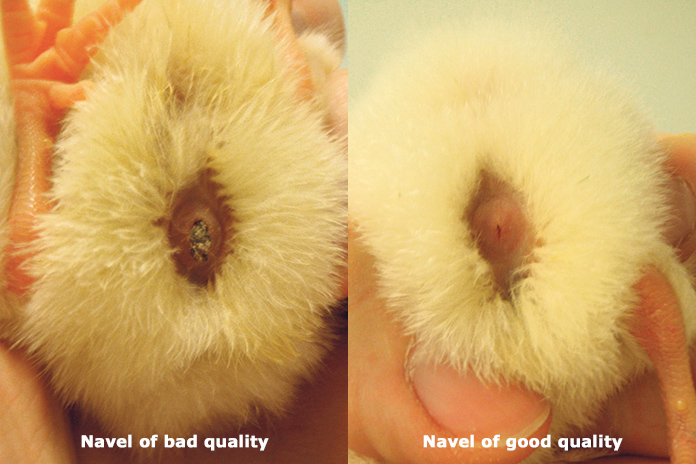
Investigation of beak and joints
Investigating the conditions of the beak and joints of the chicks can give several hints on incubation conditions. Both must have a normal appearance which means they have to be free of damages and wounds. Wounded beaks and joints are hints of non-optimal conditions in the hatcher.
Red dots on the beak indicate that the temperature in the hatcher was too high. Either the chicks wanted to break out of the egg shell too fast and damaged their beak by working too hard on the egg shell or they tried to regulate their body temperature by breathing through the openings of the hatch basket. By doing so, they damage the upper part of their beaks. Injured joints can be in accordance to MAULDIN and BUHR (1996), signs for a very high humidity level during incubation. Chicks which are hatched under these high humidity conditions must put in more efforts to break out of the shell which harms their joints.
Investigating belly quality
The belly of day old chicks must be soft and smooth. Bloated, stiff and hard bellies are signs of a badly absorbed yolk. This often leads to problems during brooding and results in a higher first week mortality rate. Causes for big and hard bellies in layer type chicks might be due to both insufficient water loss and too high temperatures during the incubation process. A hard belly is also a sign for a yolk sack infection.
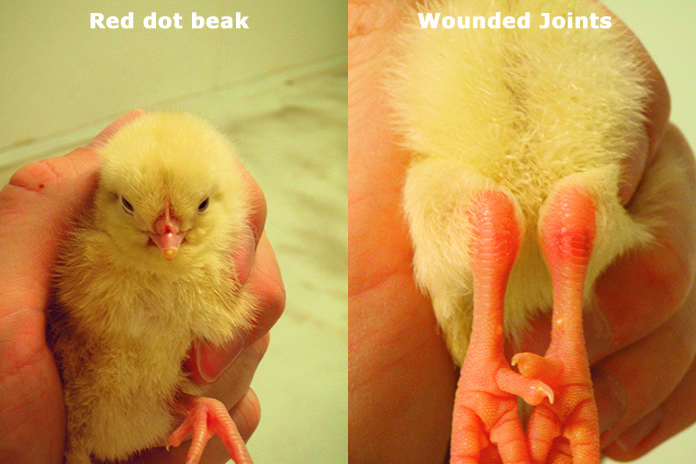
Evaluation of Data
The collection of data can be done by means of written forms and/or can be directly entered into a computer programme. A good practice is to collect the data based on breeder flock and hatch day. This aids an overview on performance fluctuations related to breeder flocks and/or to hatch day or even season of the year. Of course, data collection only makes sense if one is able and willing to search for the causes for obvious differences in chick quality. Only this can help to improve the production process.
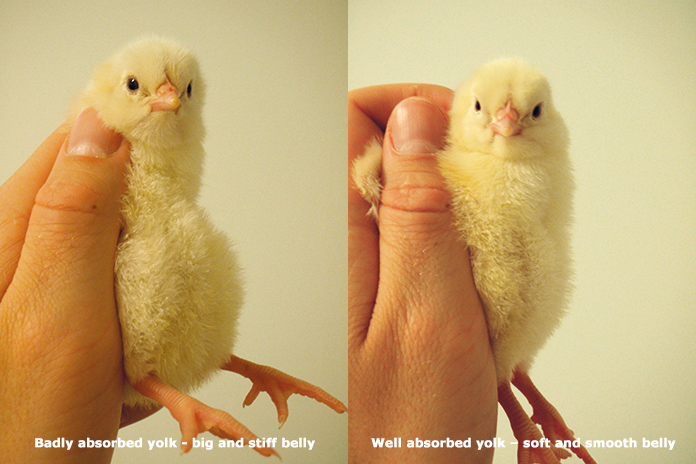
Conclusion
The aim of every hatchery is to achieve the highest possible number of premium quality chicks. To get an idea on the quality of produced and ready to sell chicks, it makes sense to collect data of chick quality using clearly defined parameters. These parameters can be both quantitative and qualitative traits.
Quantitative traits are namely chick weight, chick yield, chick- and feather length.
Qualitative traits are more subjective and include the investigation of chick activity and the quality of the navel, beak and joints. There are methods which can help to measure the qualitative traits as objective as possible to achieve a reliable overview about the produced chick quality.
By Courtesy of Lohmann Tierzucht GMBH
Review of different day-old chick quality parameters in layer type breeds – Part 1


